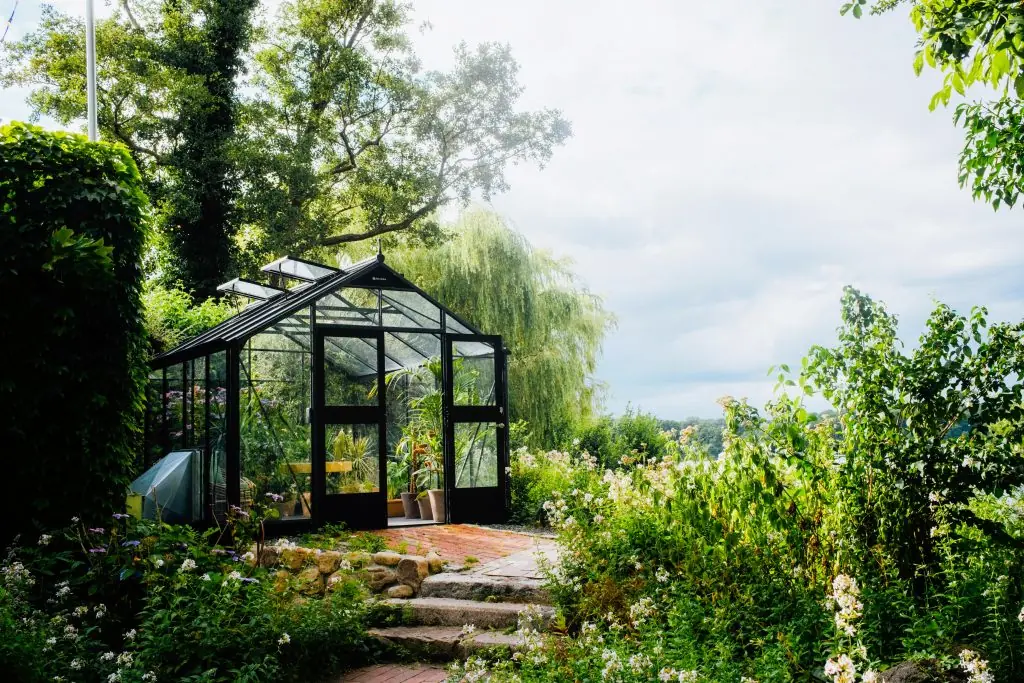
Attached Greenhouse
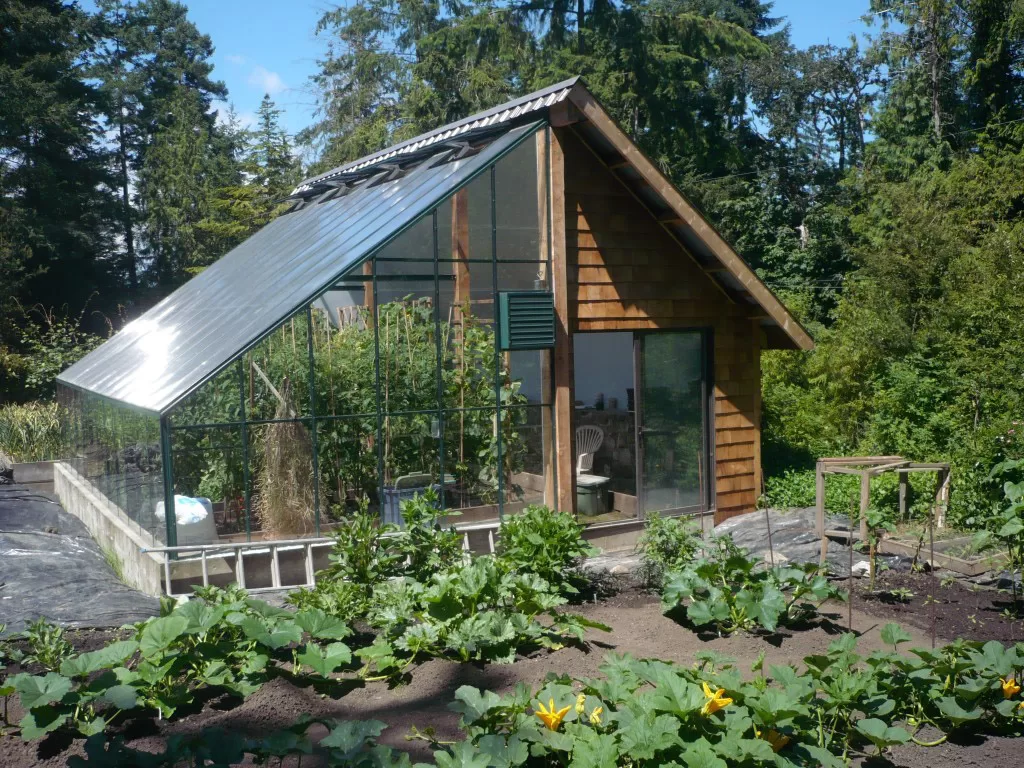
An attached greenhouse — also known as a lean-to greenhouse — is a greenhouse structure that is built directly against an existing building, such as a house, garage, or shed. This design offers a range of benefits for gardeners who want to maximize growing space, reduce construction costs, and improve energy efficiency.
What is an Attached Greenhouse?
Unlike standalone greenhouses that require their own walls and foundations, attached greenhouses share one wall with the main building. This often means one side of the greenhouse is made of the existing building’s wall, while the other three sides are glass, polycarbonate, or plastic to allow sunlight in.
Attached greenhouses can be designed in various sizes — from small structures suitable for patios to large rooms used for year-round growing.
Benefits of an Attached Greenhouse
1. Energy Efficiency and Cost Savings
Because an attached greenhouse uses the existing building’s wall, it gains warmth from the indoor environment. The wall acts as an additional thermal mass, retaining heat and moderating temperatures inside the greenhouse. This reduces the need for extra heating during colder months, lowering energy bills.
Additionally, construction costs are generally lower since one wall already exists, and fewer materials are needed.
2. Space-Saving Design
For gardeners with limited outdoor space, an attached greenhouse is an ideal solution. It fits snugly alongside your home or other structure, utilizing otherwise unused space such as patios, decks, or narrow yard sides.
3. Convenient Access
Since the greenhouse is attached to your home, it offers easy access to your plants, especially during adverse weather. This convenience encourages more frequent care and harvesting, improving your gardening experience.
4. Versatility
Attached greenhouses can serve multiple purposes:
-
Starting seedlings early in the season
-
Growing tropical plants that require warmth and humidity
-
Extending the growing season for vegetables and herbs
-
Creating a relaxing sunroom or garden retreat
5. Protection from Harsh Weather
Sharing a wall with a building offers better protection from wind, rain, and extreme temperatures. This creates a more stable microclimate for your plants, which is especially useful in regions with unpredictable weather.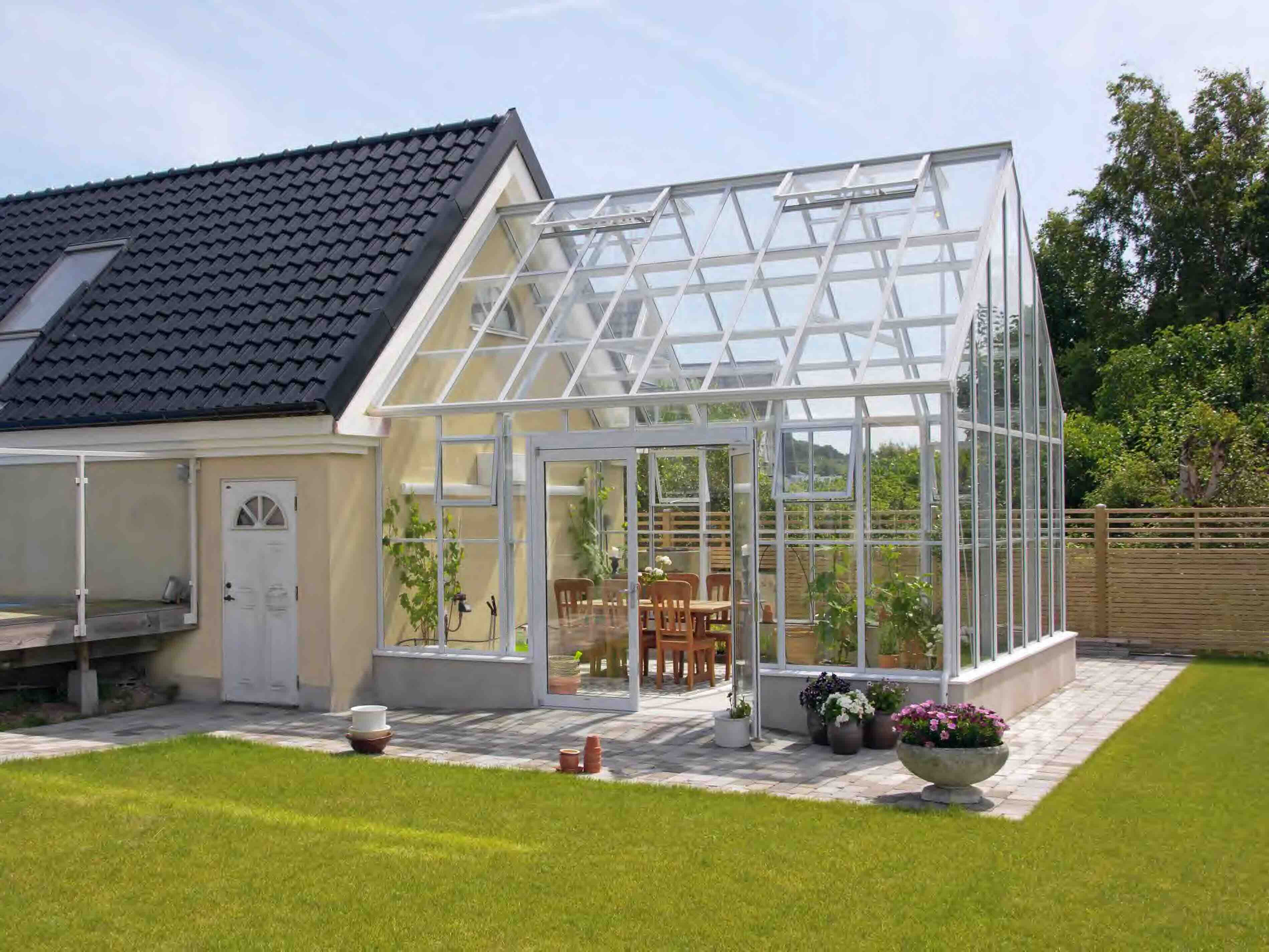
Design Considerations
When planning an attached greenhouse, consider the following:
-
Orientation: The greenhouse should ideally face south (in the Northern Hemisphere) or north (in the Southern Hemisphere) to maximize sunlight exposure.
-
Building Wall Condition: Ensure the existing wall is structurally sound and well insulated to support the greenhouse’s function.
-
Ventilation: Proper ventilation is essential to regulate humidity and temperature, preventing mold and overheating.
-
Materials: Use durable glazing materials such as tempered glass or polycarbonate for safety and insulation.
-
Foundation: Although one wall is shared, the greenhouse still requires a solid foundation to maintain stability and drainage.
Conclusion
An attached greenhouse offers gardeners an efficient, cost-effective way to grow plants year-round while saving space and energy. By leveraging the existing structure of a home or building, it provides warmth, protection, and convenience. Whether you want to start seedlings early, grow exotic plants, or simply enjoy a green retreat, an attached greenhouse is a smart choice for both novice and experienced gardeners.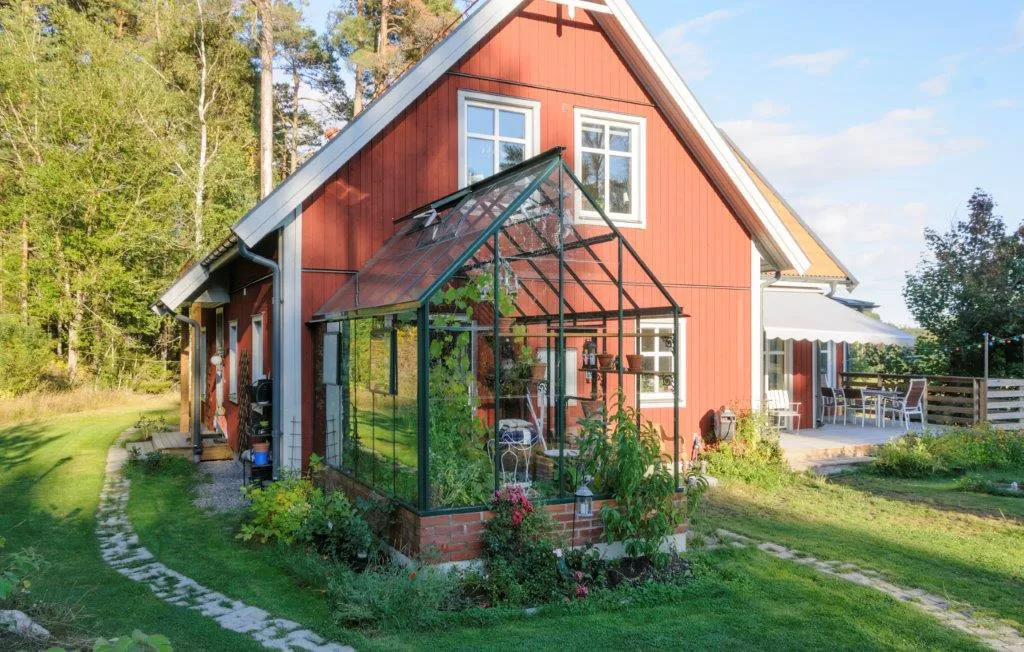
News in the same category


A Horseman in the Sky

The Purloined Letter
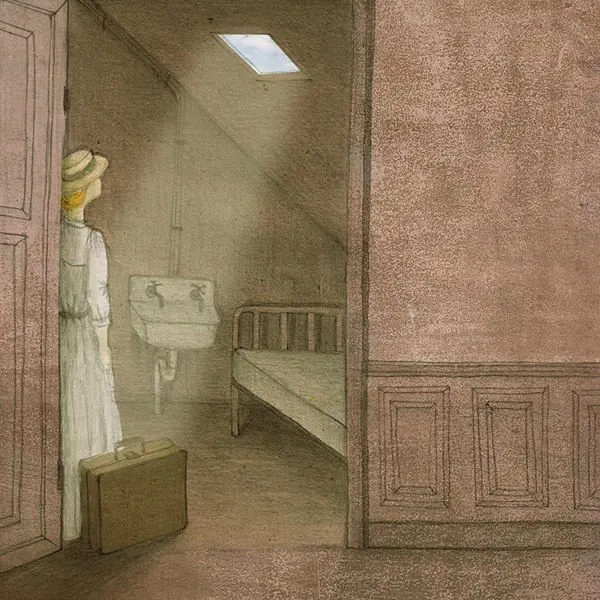
The Skylight Room

Regret

The Way to the Dairy

The Story of An Hour

Eve's Diary

The Luck of Roaring Camp
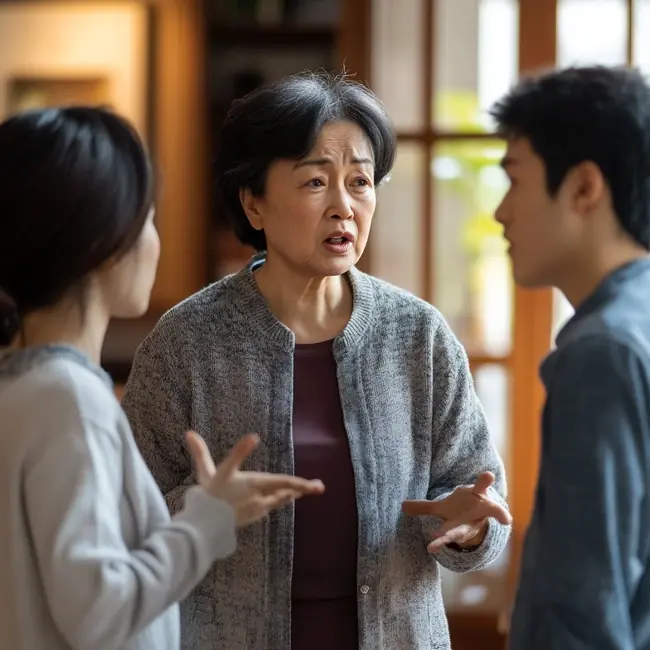
The Neighbor Who Made the Whole Neighborhood Miserable Suddenly Di.ed—A Week After Her Funeral, I Found a Letter Under Her Pillow
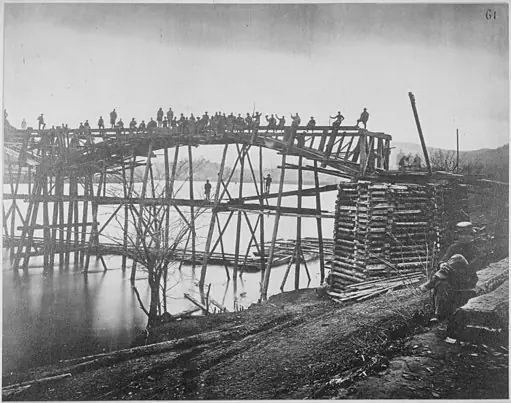
An Occurrence at Owl Creek Bridge

The Night Came Slowly

To Build a Fire

The Cask of Amontillado

Two Friends

The Little Match Girl
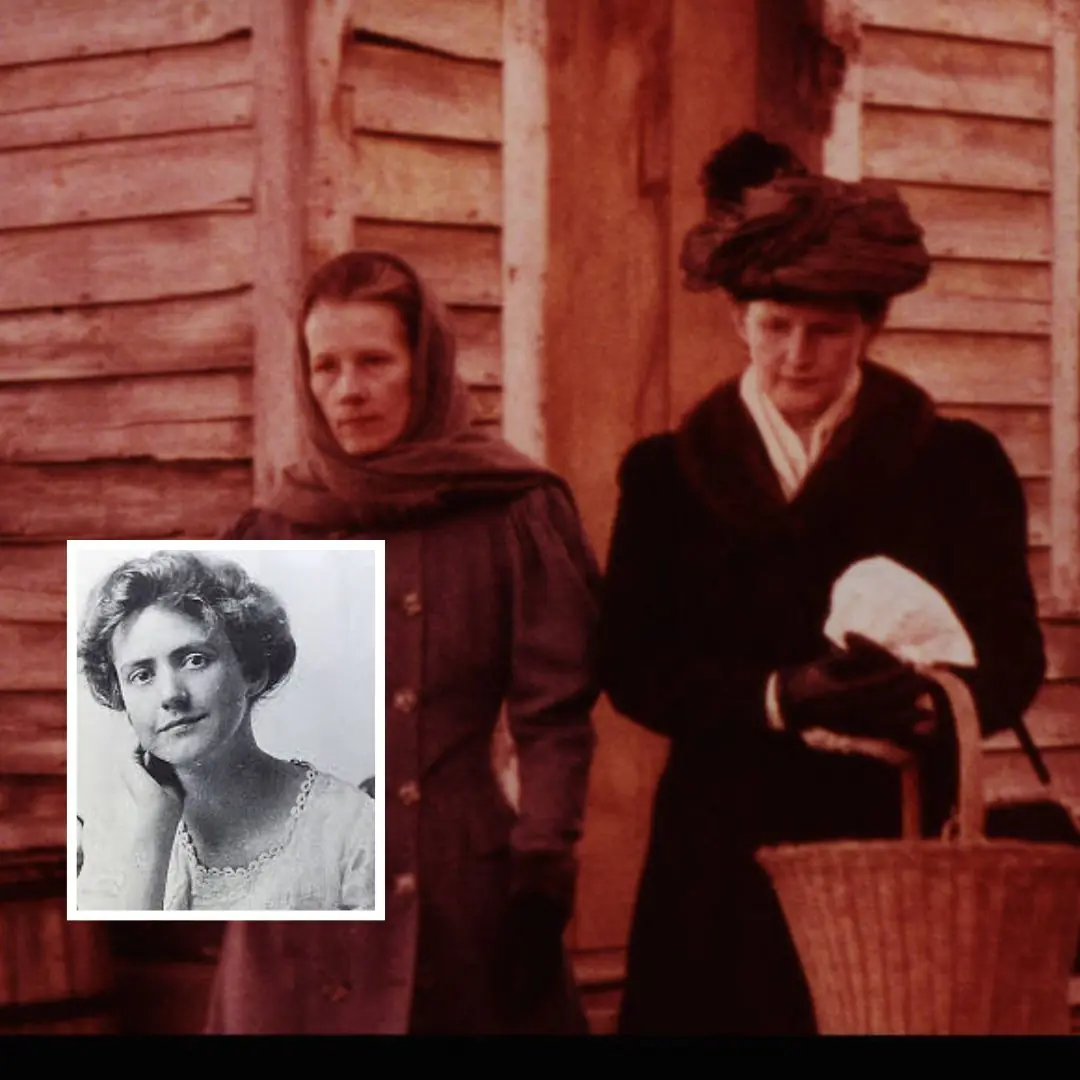
A Jury of Her Peers

The Gift of the Magi

A Dark Brown Dog
News Post
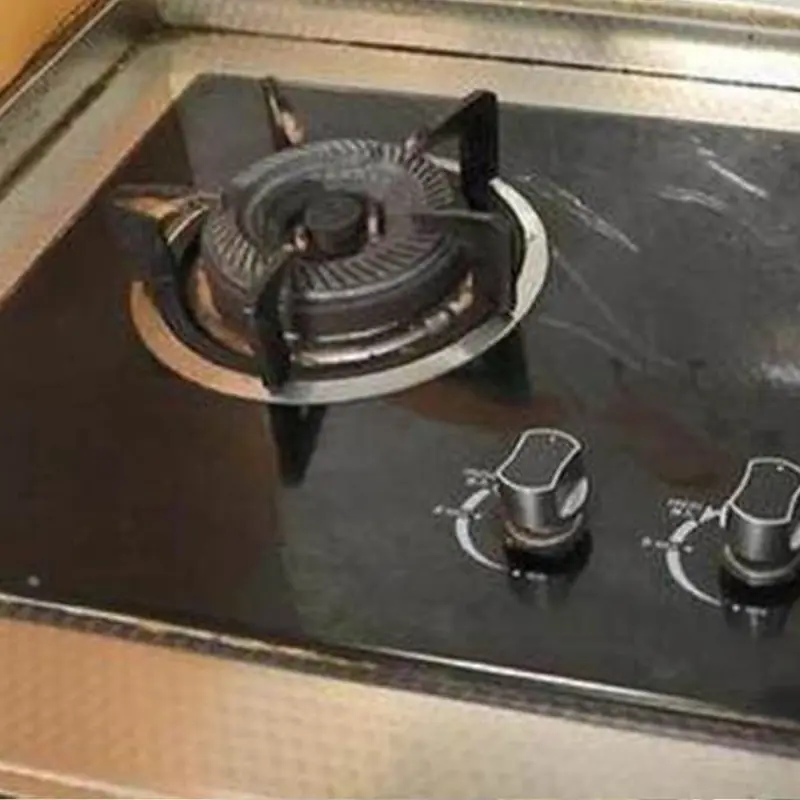
No Matter How Wealthy Your Family Is, Never Cook on the Left Side of a Double Gas Stove — Here's Why You Need to Know

Restaurant Pays a Heavy Price After Falsely Accusing Millionaire Family of Dining and Dashing

Chest Tightness, Muscle Fatigue, Shortness of Breath: Don’t Dismiss These as Common Flu Symptoms

Experts Claim Little-Known Change to Your Fingertips Could Be an Early Indication of Cancer

Teacher Dies of Diabetes at 36 Despite Avoiding Sweets — Doctor Points to 4 Everyday Foods
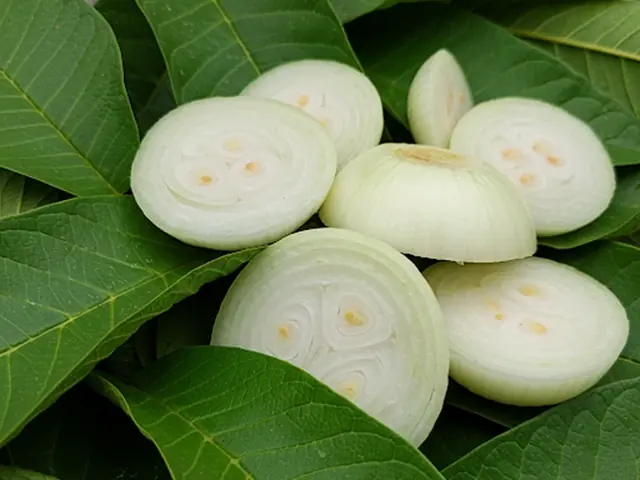
Discovering a type of wild vegetable that is the 'nemesis of can:cer'
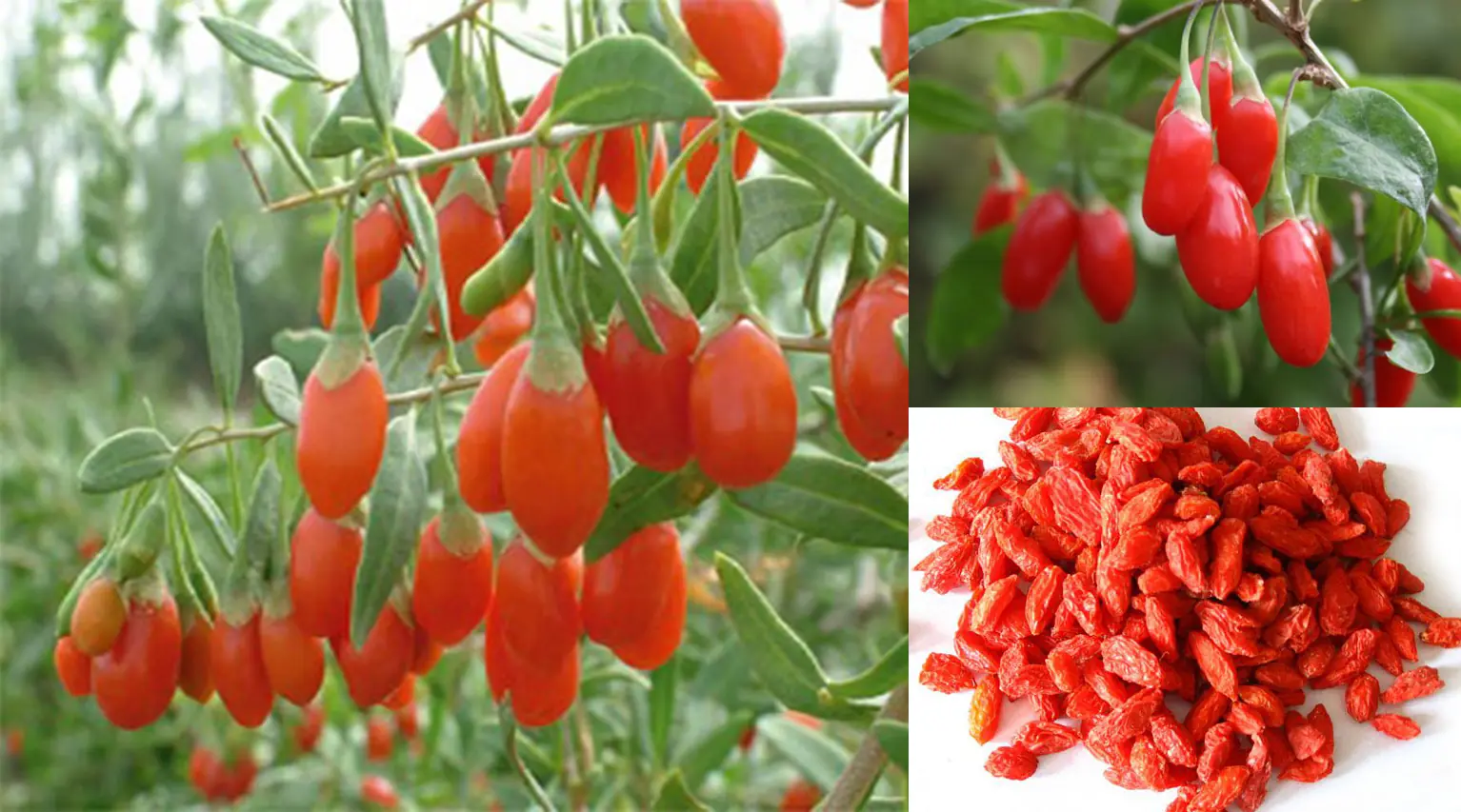
Familiar fruit has the ability to fight can:cer

Why does the Covid-19 JN.1 variant persist?

Waking up tired despite getting enough sleep is not only uncomfortable, but it can also be a sign of an underlying medical condition. This fatigue is often overlooked, blamed on insufficient sleep or stress.

3 signs of fatty liver appear on hands and arms

IU & V reportedly spotted dining together at a luxury restaurant
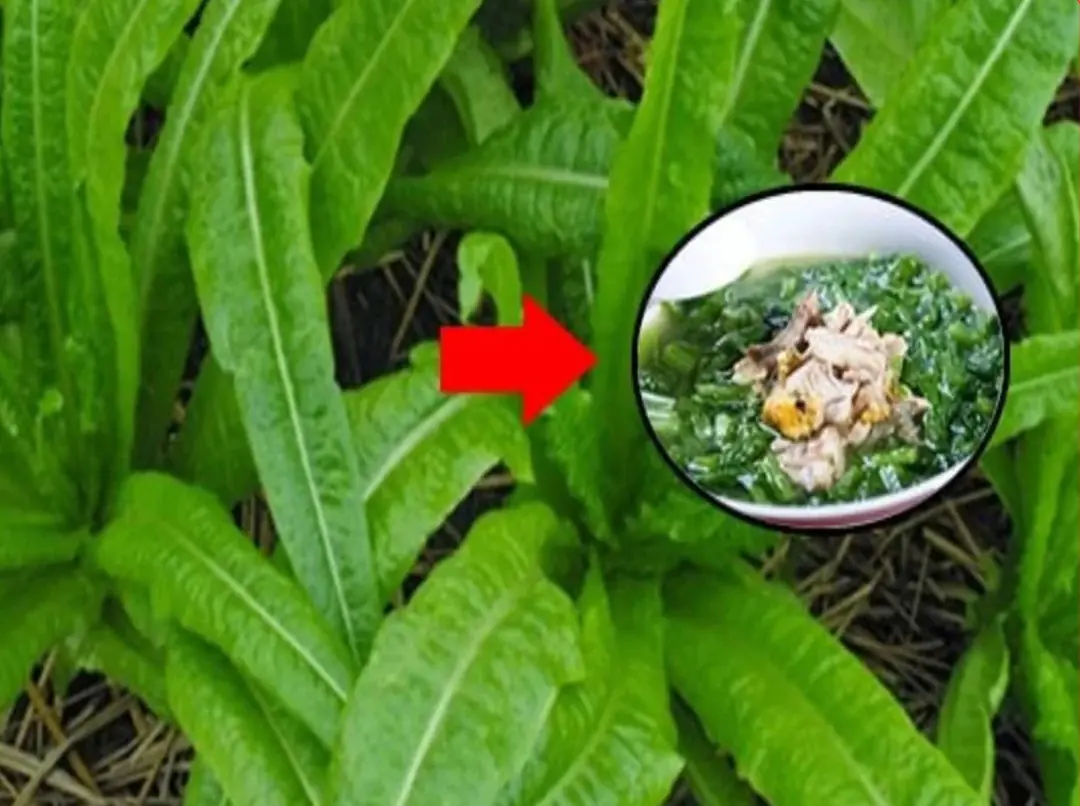
This type of vegetable has more calcium than bone broth, eating it every day saves you money on supplements
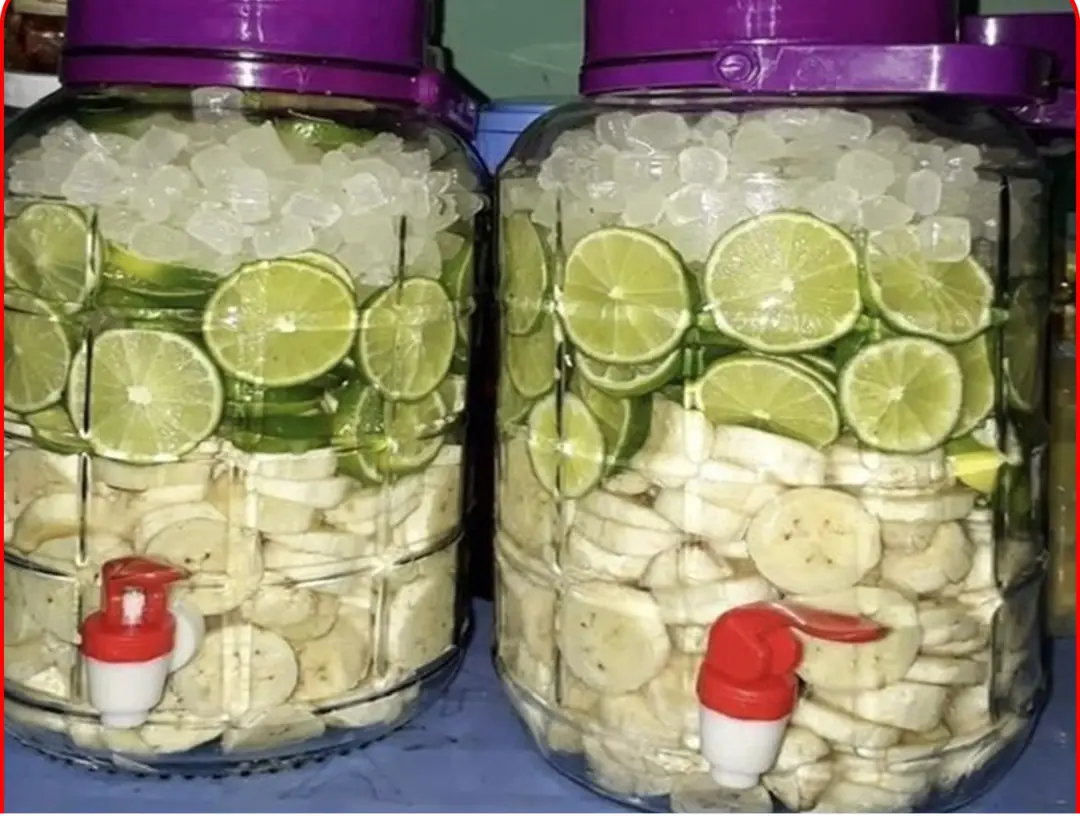
Homemade "miracle cure" made from lemon is spreading to help prevent strokes

The refrigerator gasket is moldy, use this to clean it, it will be clean in just 5 minutes

5-Second Skin Aging Test: Instantly Find Out Your Skin's Real Age

8 inspiring backyard greenhouse ideas for every gardener
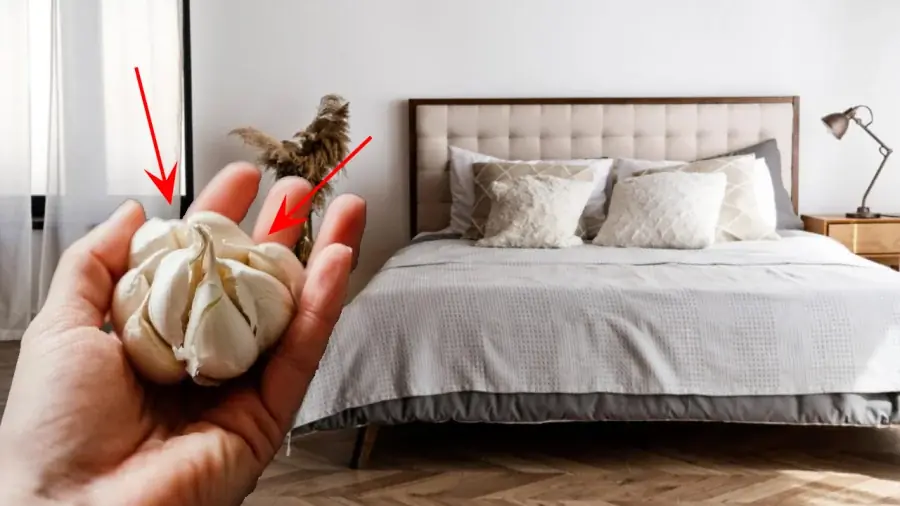
Why should garlic be kept at the head of the bed?

A Horseman in the Sky
